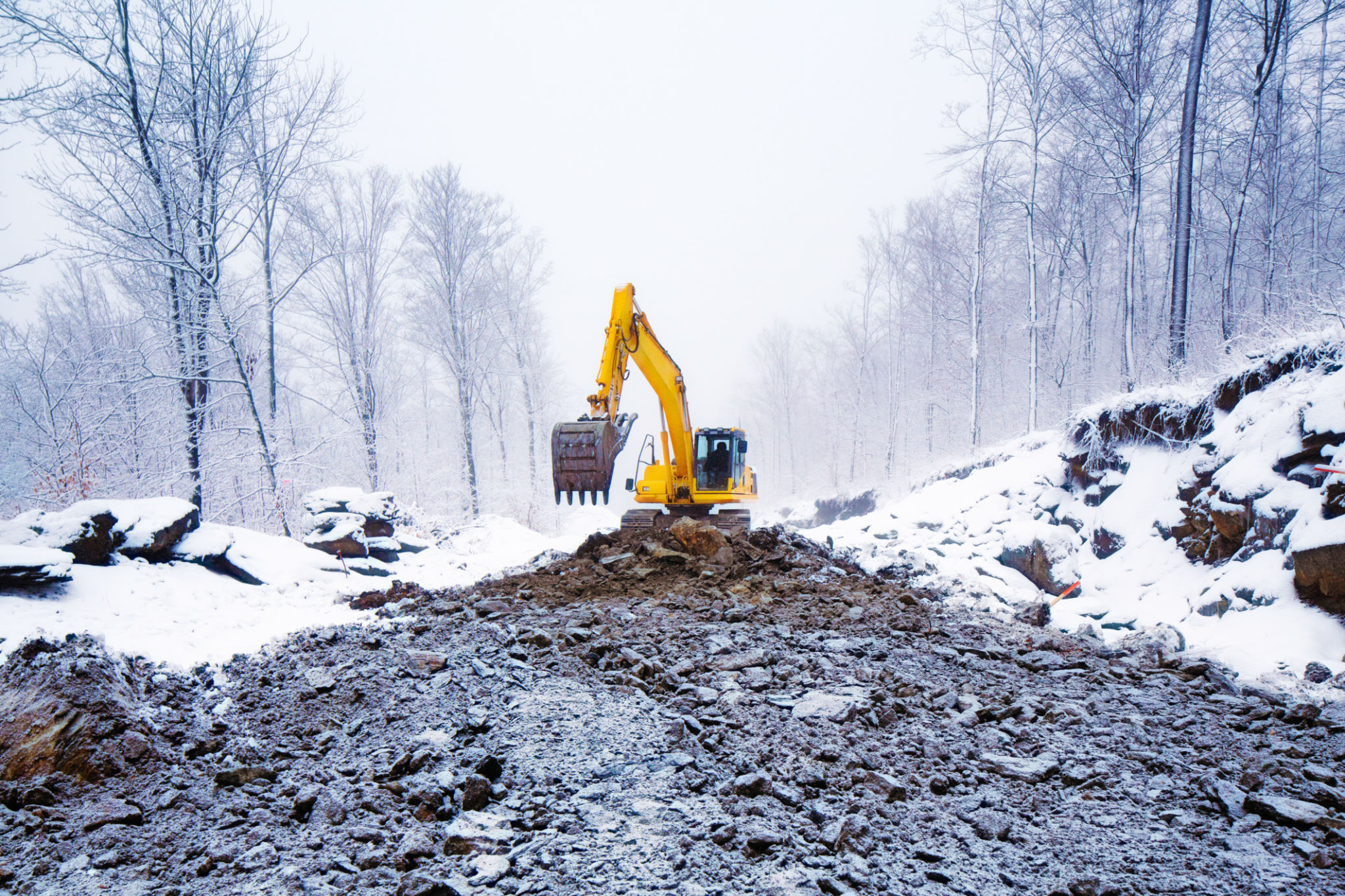Seasonal Construction Planning: Preparing Your Project for Success
Understanding Seasonal Challenges in Construction
Seasonal construction planning is crucial for the success of any project. Weather conditions can greatly impact timelines, material availability, and labor efficiency. Understanding these challenges helps in mitigating risks and ensures a smoother construction process. Planning ahead allows projects to adapt to the changing seasons without unexpected delays.

Assessing Weather Impacts
Weather is a critical factor in construction planning. Different seasons present unique challenges, such as heavy rainfall in spring or extreme heat in summer. These conditions can affect material integrity and worker productivity. By assessing potential weather impacts early in the planning stages, project managers can devise strategies to minimize disruptions.
Key considerations include:
- Temperature fluctuations affecting material expansion and contraction.
- Rainfall leading to waterlogged sites and delayed concrete curing.
- Wind impacting crane operations and site safety.
Scheduling Around Seasonal Variations
Optimizing the project schedule around seasonal variations can enhance efficiency. It involves aligning major construction activities with favorable weather conditions. For instance, exterior work such as roofing and painting is best done in dry, mild weather. Conversely, indoor tasks can be prioritized during less favorable conditions to maintain progress.

Resource Management and Logistics
Resource management is another crucial aspect of seasonal construction planning. It involves ensuring the timely availability of materials and labor. Seasonal demand fluctuations can lead to shortages or surpluses, affecting both costs and timelines. Effective logistics planning helps in balancing these factors.
Some strategies include:
- Pre-ordering materials to avoid delays caused by supply chain disruptions.
- Adjusting labor schedules to match peak productivity periods.
- Utilizing temporary structures for weather protection.

Budgeting for Seasonal Variability
Budgeting is a critical component of seasonal construction planning. It requires accounting for potential cost increases due to seasonal variability. This includes budgeting for additional resources such as weatherproofing materials or temporary heating solutions during colder months. A well-thought-out budget minimizes financial surprises and keeps the project on track.
By incorporating buffer costs for unforeseen weather-related issues, projects can maintain financial stability even when unexpected challenges arise.
Leveraging Technology for Better Planning
Technology plays a significant role in enhancing seasonal construction planning. Modern tools such as weather forecasting software and project management platforms provide valuable insights into potential weather impacts and scheduling adjustments. Utilizing these tools can lead to more informed decision-making and proactive planning.

Ultimately, successful seasonal construction planning requires a comprehensive approach that considers weather patterns, resource management, budget constraints, and technological advancements. By prioritizing these elements, construction projects can achieve greater efficiency and reduce the risk of delays, ensuring successful outcomes regardless of the season.
